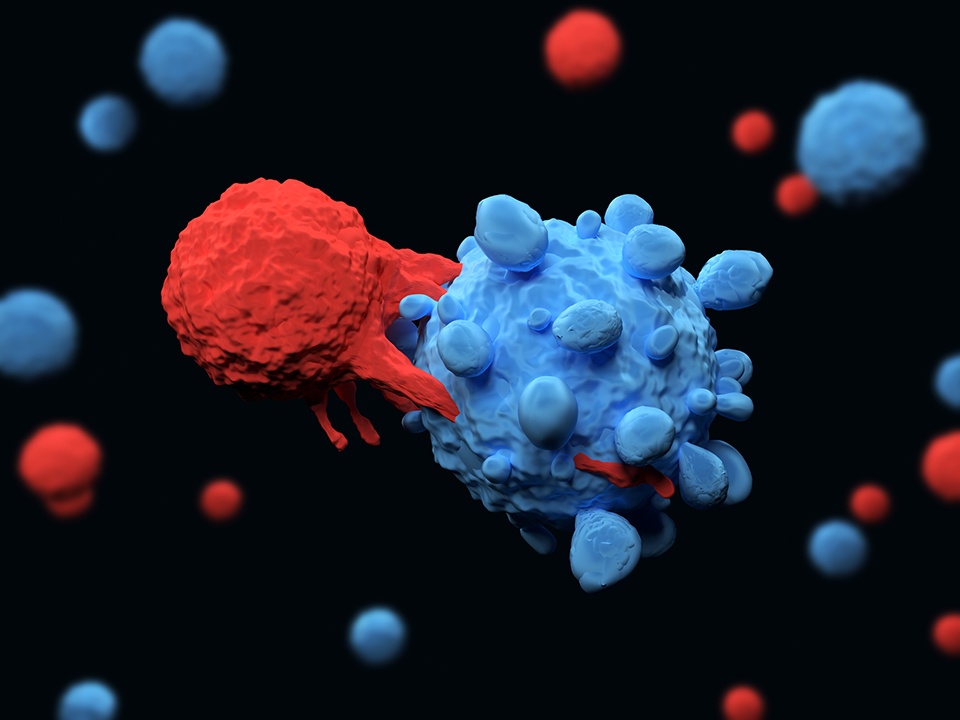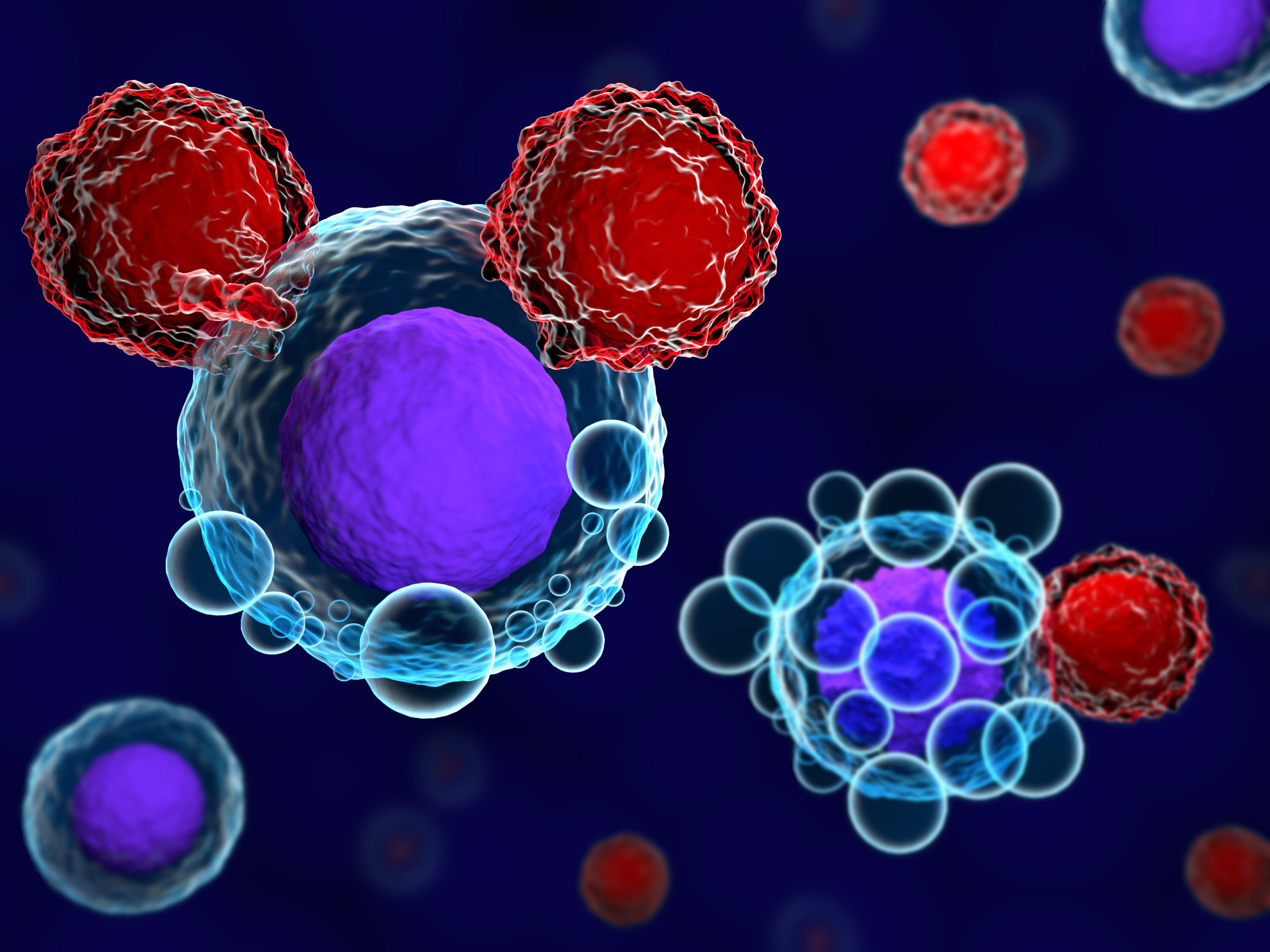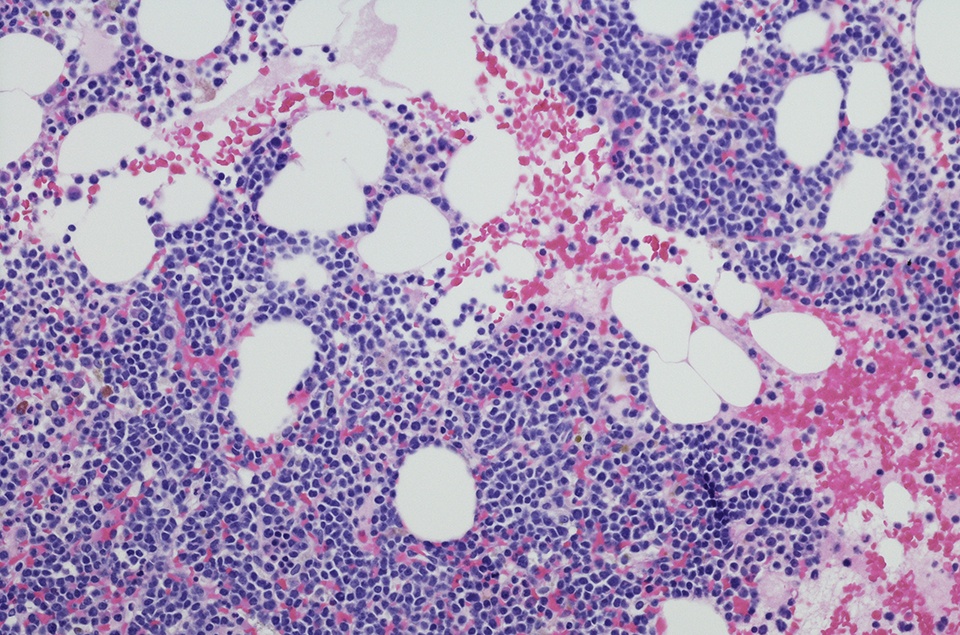
A phase II study presented at the 2021 Annual Meeting & Exposition of the American Society of Hematology, reported that orelabrutinib, a novel small molecule Bruton tyrosine kinase (BTK) inhibitor, showed considerable effectiveness in the treatment of patients with relapsed/refractory Waldenström macroglobulinemia (WM).
According to lead author, Daobin Zhou, MD, from the Department of Hematology at the Peking Union Medical College Hospital in Beijing, BTK inhibitors are typically not used in clinical care due to poor target selectivity. Orelabrutinib, however, displayed “limited off-target adverse effects,” and favorable safety and tolerability profiles during the study’s short-term follow-up.
The trial enrolled 47 patients with confirmed relapsed/refractory WM that required treatment, as guided by the International Workshops on WM (IWWM)-7 consensus. Of these patients, 87.2% were categorized as intermediate- or high-risk according to the International Prognostic Scoring System (IPSS). Oral orelabrutinib 150 mg was administered daily until patients experienced disease progression or unacceptable toxicity.
The primary outcome was major response rate (MRR) as assessed by an independent review committee (IRC). Other key outcomes included MRR as assessed by an investigator, overall response rate (ORR), duration of major response (DOMR), progression-free survival (PFS), OS, changes in IgM levels from baseline, hemoglobin level improvements, and safety. Treatment-emergent adverse events (TEAEs) and treatment-related adverse events (TRAEs) were recorded.
After a median treatment duration of 9.2 months and follow-up duration of 10.5 months, the investigator-assessed MRR was 74.5%. The ORR was 87.2%, with 97.9% of patients achieving disease control. The estimated 12-month rates of DOMR, PFS, and OS were 89.5%, 88.0%, and 92.3%, respectively. The MRR was higher in patients with MYD88L265PCXCR4wildtype (79.5%). Serum IgM levels declined from the median baseline of 30.3 g/L, with a median reduction of 79.0% (interquartile range [IQR] = –89.4 to –57.2). Improvement in hemoglobin levels was observed in 83% of patients with a median maximal improvement of 40 g/L.
The most commonly reported adverse events (AEs) were thrombocytopenia (27.7%), neutropenia (14.9%), leukopenia (10.6%), upper respiratory infection (14.9%), weight gain (14.9%), influenza-like disease (12.8%), and rash (10.6%). Nearly 90% of these were grade I-II in severity. Grade ≥3 TEAEs occurred in 16 patients (34.0%) while grade ≥3 TRAEs occurred in nine. No grade ≥3 cases of diarrhea or atrial fibrillation and/or atrial flutter were reported, and only one TRAE resulted in treatment discontinuation.
Ultimately, Dr. Zhao and the study contributors concluded that orelabrutinib “has the potential to be a promising treatment option for patients with relapsed/refractory WM,” pending further research on long-term effects and tolerability.







 © 2025 Mashup Media, LLC, a Formedics Property. All Rights Reserved.
© 2025 Mashup Media, LLC, a Formedics Property. All Rights Reserved.